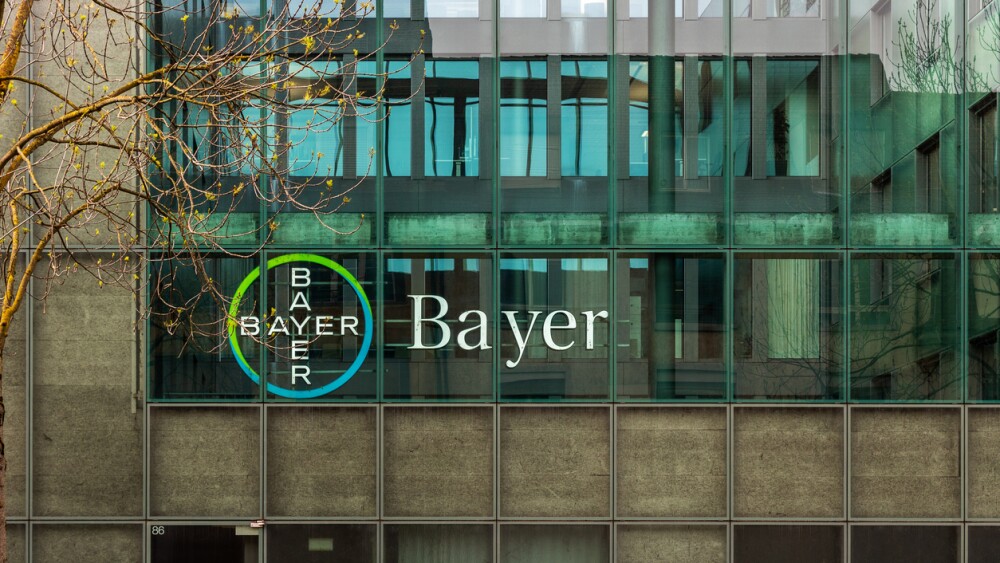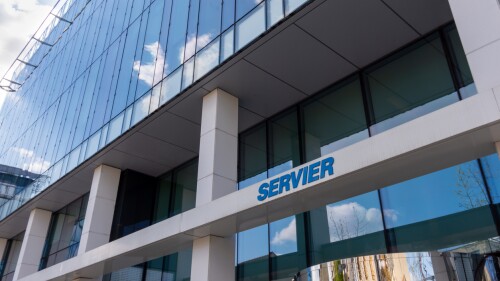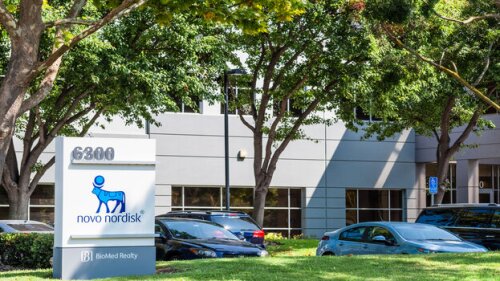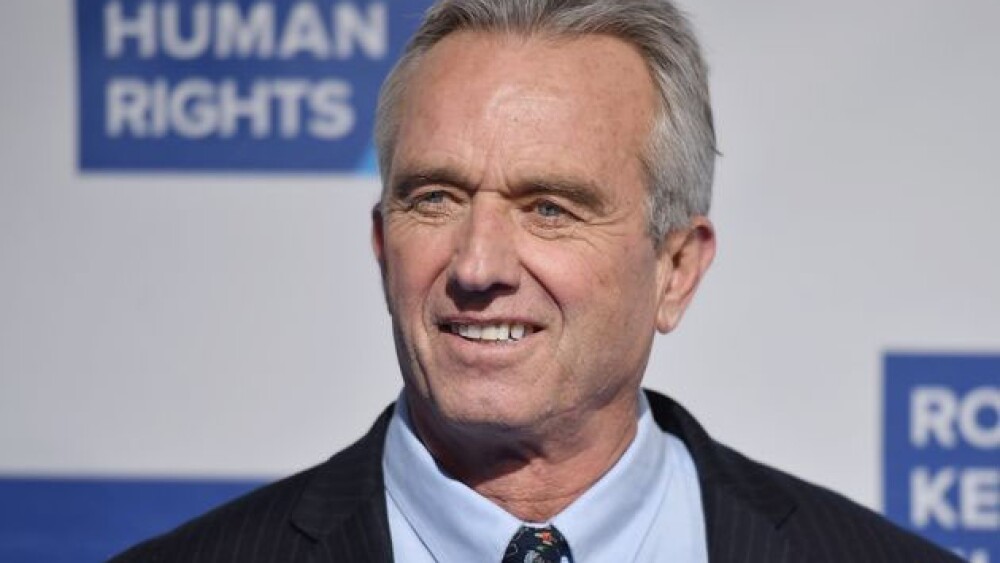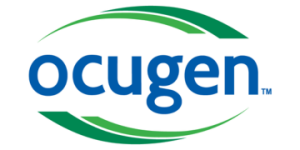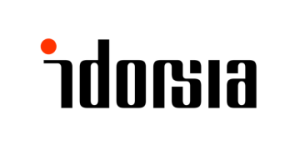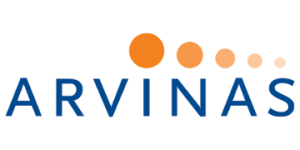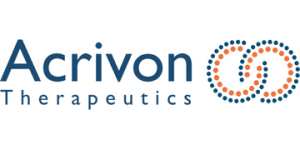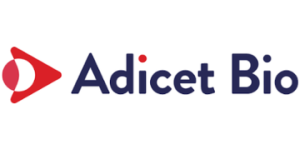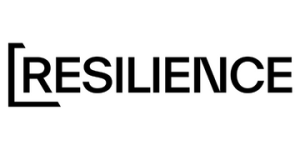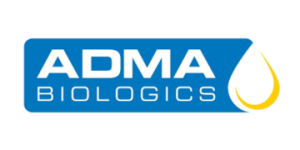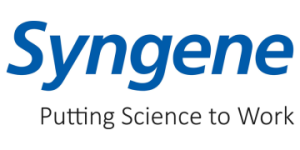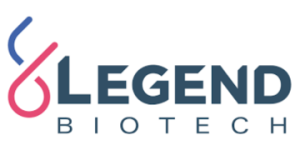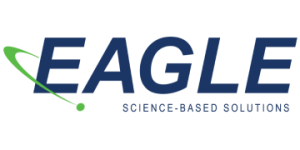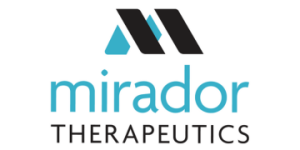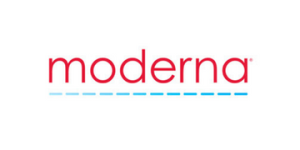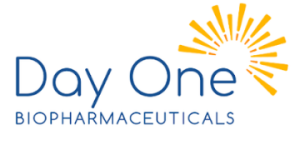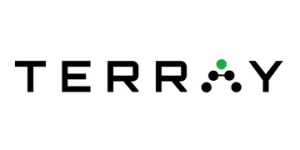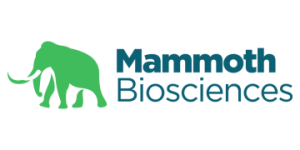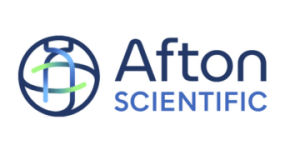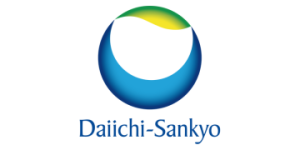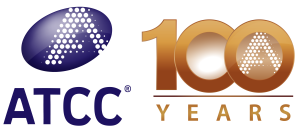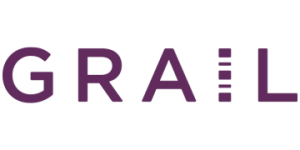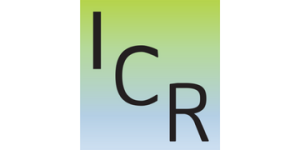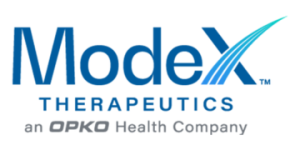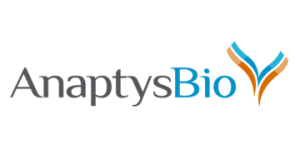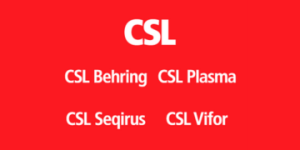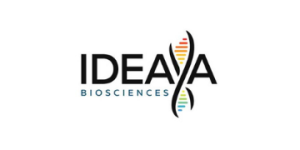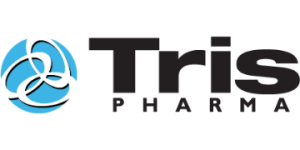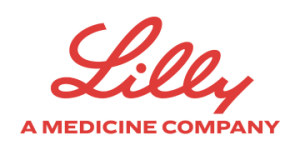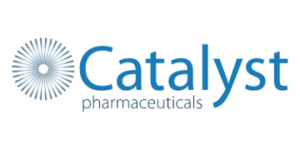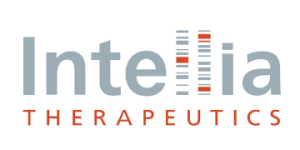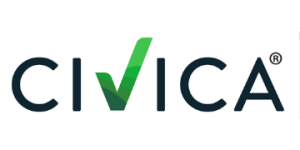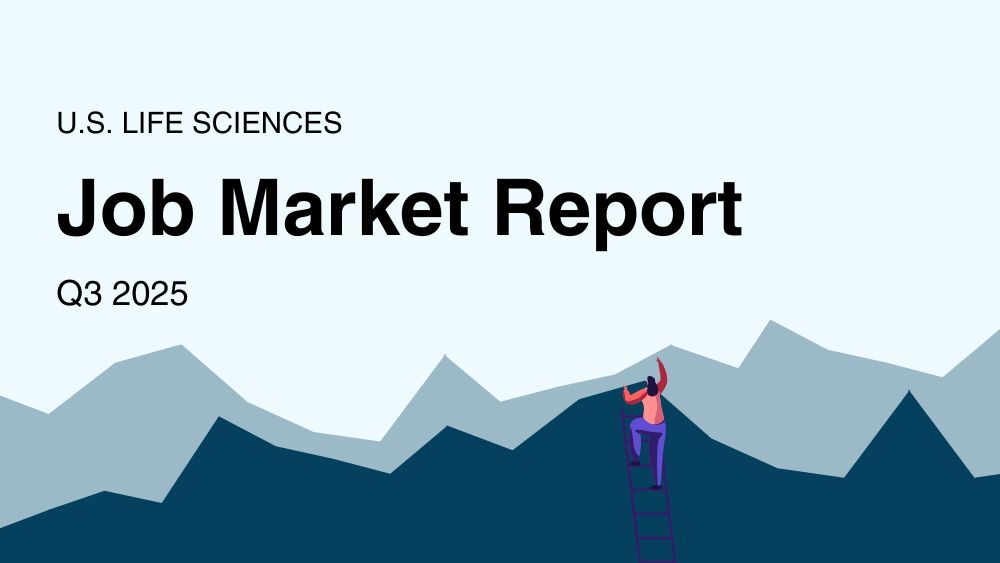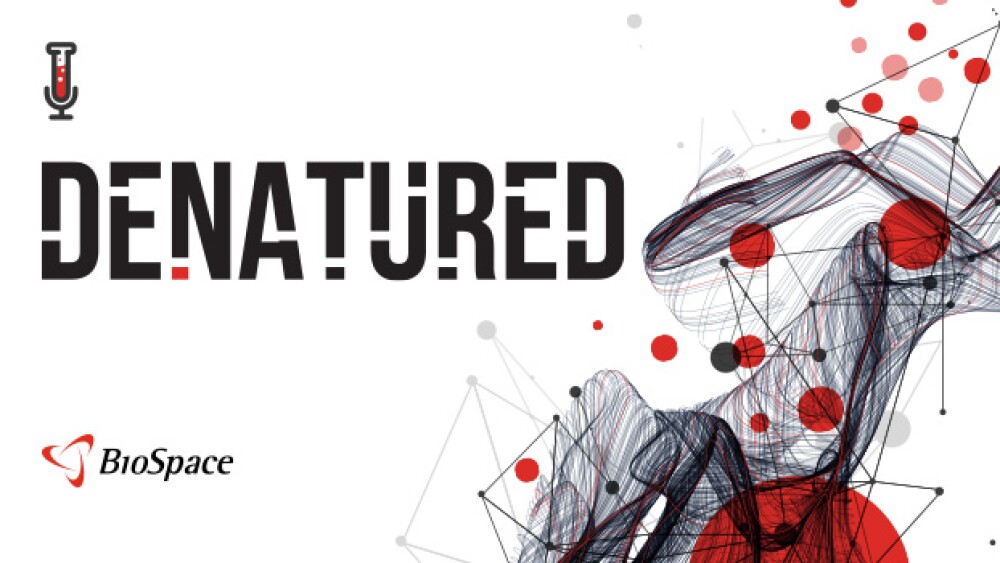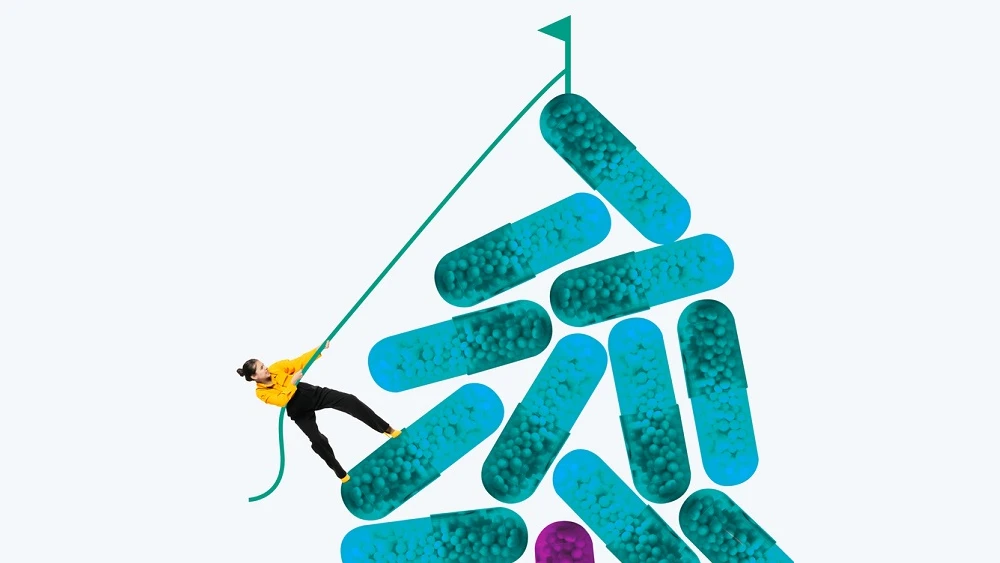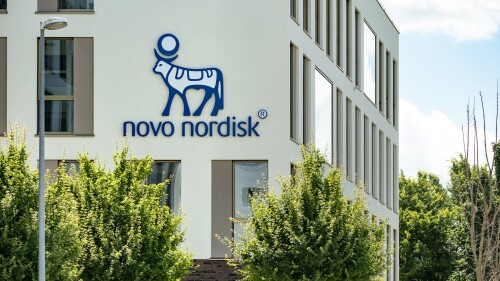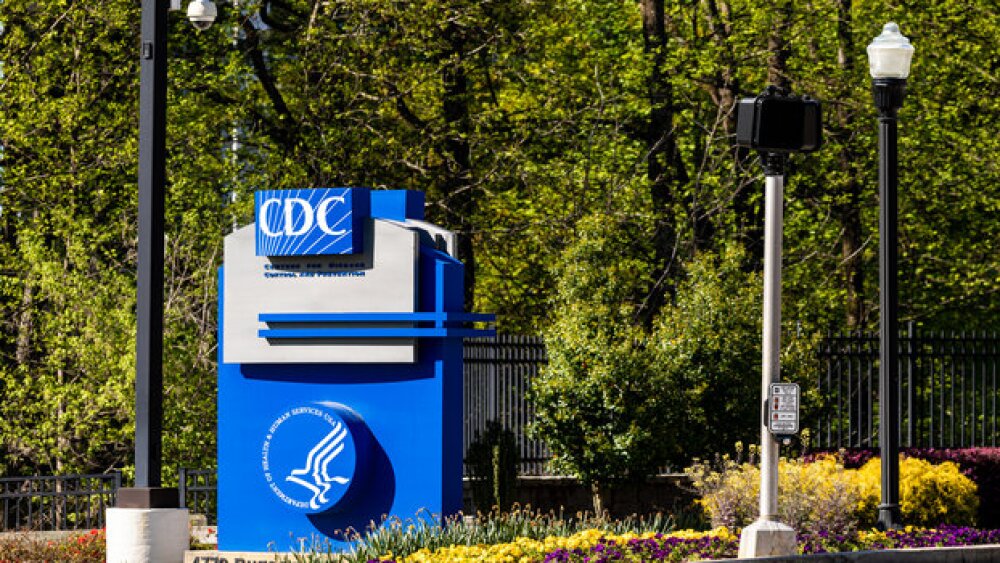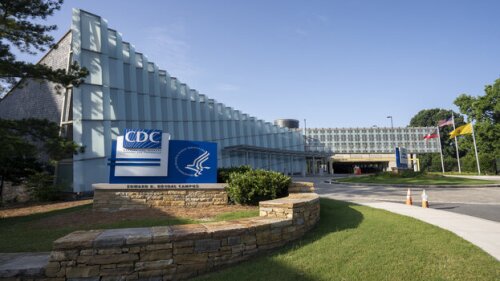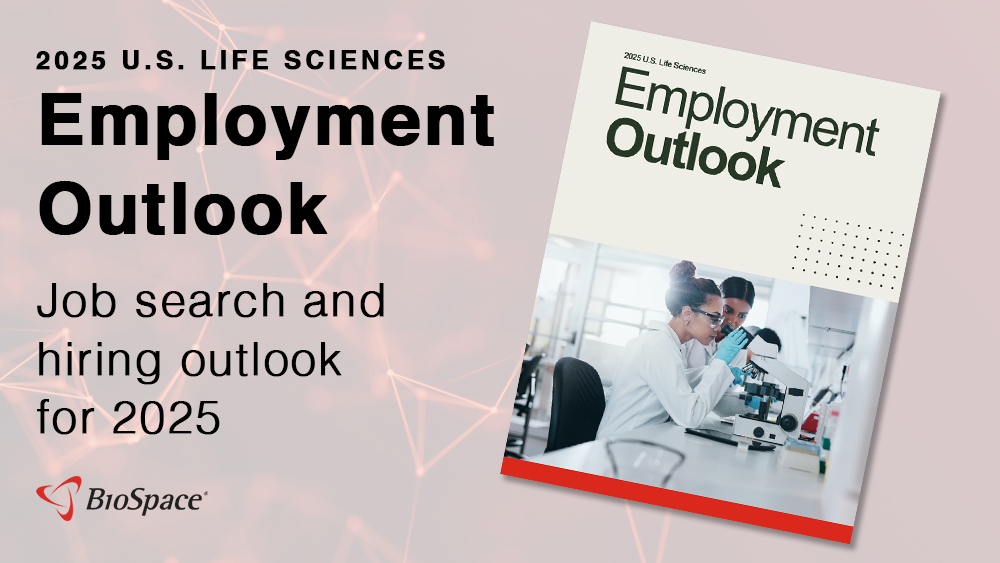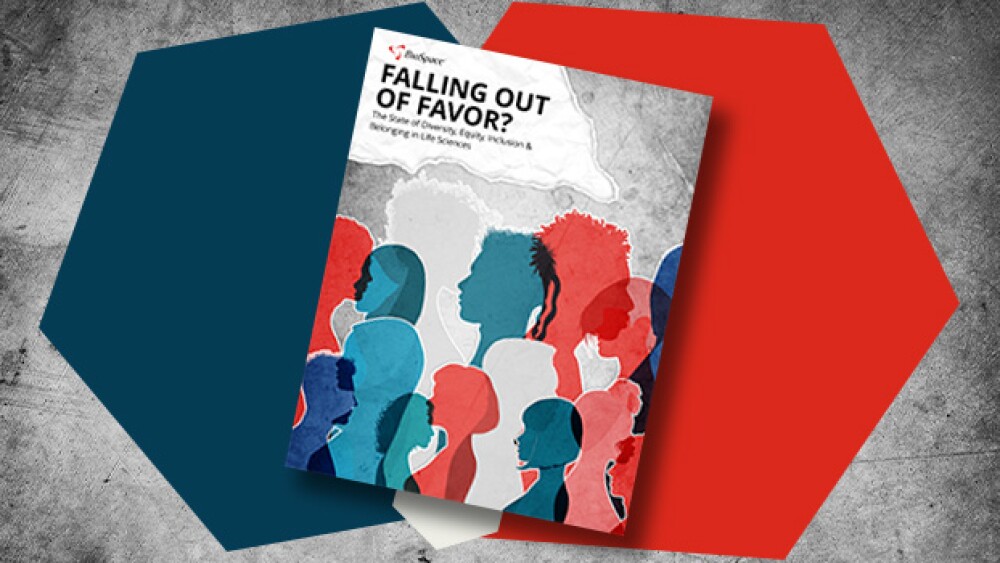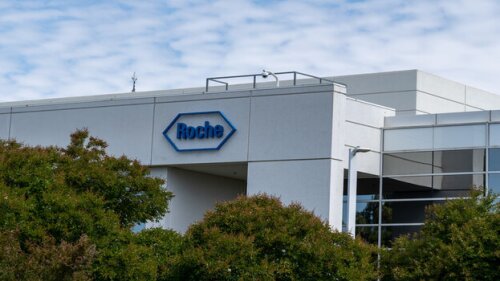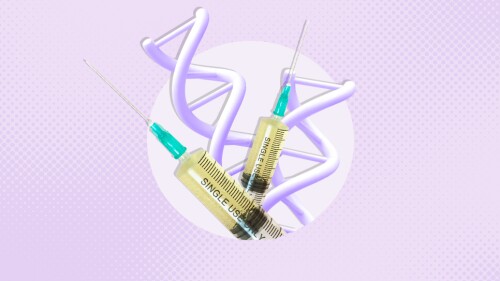Paul Offit, longtime member of the FDA’s vaccine advisory committee and an outspoken critic of Health Secretary Robert F. Kennedy Jr., was recently informed by the Department of Health and Human Services that his services are no longer required.
Vertex Pharmaceuticals commits $45 million upfront to leverage Enlaza Therapeutics’ War-Lock platform to create drug conjugates and T cell engagers for autoimmune diseases and gentler conditioning for sickle cell/beta thalassemia gene-editing therapy Casgevy.
The French giant is gaining access to darovasertib, a small molecule protein kinase C inhibitor already in Phase II/III trials, with rights for the whole world besides the U.S.
Novartis is licensing ARO-SNCA, a preclinical siRNA therapy for synucleinopathies, a group of neurodegenerative disorders including Parkinson’s disease.
The OMass partnership will boost Roche’s strategy in inflammatory bowel diseases, currently led by afimkibart, an anti-TL1A therapy the pharma obtained from its $7.1 billion acquisition of Telavant in 2023.
Novo Nordisk’s Wegovy has been on a winning streak as of late, with a metabolic dysfunction-associated steatohepatitis approval last month and prime position in the oral obesity race.
FEATURED STORIES
While the former Biden administration showcased the Inflation Reduction Act as a key victory in the fight over high drug prices in the U.S., Trump has so far been mum on how the controversial law could evolve in the coming years.
Biogen’s effort to buy Sage against the board’s wishes and a long-time effort by investor Alcorn to scuttle Aurion’s IPO underscore the cutthroat nature of biopharma dealmaking.
Ahead of Robert F. Kennedy Jr.’s confirmation hearings, experts—and RFK’s own family—expressed concerns about his vaccine-related views, though the same experts are largely unfazed by the level of power he and Marty Makary could ultimately wield over the FDA.
After two years characterized by layoffs, pipeline reorganizations, FDA delays and clinical holds, Novavax CEO John Jacobs says the company is at a pivot point.
Riding recent momentum in the Duchenne muscular dystrophy space, Capricor Therapeutics, Wave Life Sciences, Regenxbio and more aim to deliver the next wave of progress with near-term data and regulatory milestones.
Achondroplasia, which affects around one in 20,000 babies, has just one approved treatment: BioMarin’s Voxzogo. However, new investigational treatments are vying to compete in the area.
LATEST PODCASTS
Plus, another big buy points to strength of CDMO market and a new treatment for pulmonary arterial hypertension
The pharmaceutical industry is facing critical attention, particularly around drug pricing and development costs. Drug development cost is about 10% of the total healthcare spend in the United States. Broader issues such as local monopolies, utilization, unit, and costs and local monopolies, politics and a fragmented payer system contribute to the increasingly high costs to patients.
Bayer cut its C-suite nearly in half amid a massive restructuring. Meanwhile, the U.S. government says it will pay for Wegovy for patients with heart disease.
Job Trends
Positive high-level results from an interim analysis of the ECHO Phase III trial showed AstraZeneca’s CALQUENCE® in combination with standard-of-care chemoimmunotherapy, bendamustine and rituximab, demonstrated a statistically significant and clinically meaningful improvement in progression-free survival versus standard of care in previously untreated adult patients with mantle cell lymphoma.
Subscribe to Genepool
Subscribe to BioSpace’s flagship publication including top headlines, special editions and life sciences’ most important breaking news
SPECIAL EDITIONS
In this deep dive, BioSpace investigates China’s rise as a biotech powerhouse.
In this deep dive, BioSpace explores the next big thing in obesity.
BioSpace did a deep dive into biopharma female executives who navigated difficult markets to lead their companies to high-value exits.
DEALS
-
Analysts predict a booming year for mergers and acquisitions, powered by obesity drug sales and pressure from upcoming patent expirations.
-
As evidenced by this week’s buyouts by J&J and Merck, Big Pharma appears to have found a sweet spot favoring smaller deals over megabillion-dollar acquisitions.
-
Merck on Wednesday announced a deal worth $3 billion to buy EyeBio and its first-in-class trispecific antibody Restoret, marking the pharma’s return to the ophthalmology space after nearly a decade.
-
Johnson & Johnson’s deal for Numab Therapeutics’ bispecific antibody NM26, slated to enter Phase II studies, comes on the heels of J&J’s $850 million Proteologix bispecific antibody acquisition.
-
The potential purchase by the Japanese conglomerate could secure access to Calliditas’ IgA nephropathy therapy Tarpeyo, which won the FDA’s full approval in December 2023.
WEIGHT LOSS
-
Novo Nordisk’s blockbuster type 2 diabetes medication is a sure bet for the list of the next 15 drugs whose Medicare prices will be negotiated in 2025 and go into effect in 2027, according to analysts and academics.
-
Novo Nordisk and Eli Lilly are expected to rule the obesity market for a few more years without much challenge. To ensure they stay there as competition enters, the companies are spending billions in licensing and M&A deals.
-
Amid a flurry of weight loss readouts, a fresh-on-the-scene startup has come out with Phase I results showing weight loss at day 36 on par with or better than competitors, with few gastrointestinal side effects.
-
In a high-profile showdown Tuesday with Sen. Bernie Sanders’ Senate health committee, Novo Nordisk CEO Lars Fruergaard Jørgensen will be asked to defend the drugs’ U.S. monthly list prices of $969 and $1,349, respectively.
-
Novo Nodrisk’s cannabinoid receptor–targeting obesity pill was picked up in the $1.1 billion acquisition of Inversago Pharmaceuticals last year.
POLICY
-
After withdrawing its nomination for Dave Weldon last week, the Trump administration is now reportedly considering Texas Republican Michael Burgess to head the Centers for Disease Control and Prevention.
-
A group of medical experts expressed concern about growing “disinformation” and “misinformation,” calling for adherence to recommended vaccine schedules.
-
Democratic senators from Georgia, Oregon, Maryland and New Mexico called the Trump administration’s decision to terminate hundreds of CDC staffers reckless and unfair.
-
The CDC budget cuts could pose headwinds for HIV drugmakers like Gilead and Merck but are unlikely to severely cripple their HIV divisions, according to analysts.
-
The appeals court for the Federal Circuit upheld a lower court’s ruling, finding that Regeneron has not sufficiently established that Amgen’s biosimilar Pavblu violates key patents of Eylea.
Controlling interruptions when working from home can be challenging, but a little planning and some established rules can help.
Are you an introvert who is worried about your performance? Well, do you know that these unique skills can make you an excellent leader? Let’s find out those skills.
If you’re struggling to find your dream job or unsure of what your next career move should be, career assessments might be the next right step. Here’s how to do it.
Along with the growing trends of working from home and online, freelance careers are becoming a more popular career path. Here’s everything you need to know.
We’ll answer these questions and a few others here in order to help you determine which path best fits your needs for the future of your biotech career.
Have you ever thought seriously about entrepreneurship? While large organizations appear to dominate the life sciences industry, startups and small businesses have started to compete in the marketplace.
HOTBEDS
REPORTS
In this Employment Outlook report, BioSpace explores current workforce sentiment, job activity trends and the prospective job and hiring outlook for 2025, particularly as it compares to the previous year.
BioSpace’s third report on diversity, equity, inclusion and belonging in life sciences examines dramatic shifts in attitude around diversity initiatives.
CANCER
-
Some 90% of investigational drugs fail—and success rates are even more dire in the neuro space. Here, BioSpace looks at five clinical trial flops that stole headlines over the past 12 months.
-
Incyte is abandoning its ALK2 blocker zilurgisertib, which it was trialing for myelofibrosis-associated anemia, while iTeos will deprioritize the development of inupadenant after it failed to meet the biotech’s clinical bar in a Phase II study of metastatic non-small cell lung cancer.
-
Pfizer, facing increasing pressure from Novartis, is touting a Phase III win for Ibrance as the first clinical evidence supporting the CDK4/6 inhibitor class’ use in patients with a specific type of breast cancer.
-
Candel’s trial was conducted under the FDA’s Special Protocol Assessment program, meaning that its data could be used as a basis for a regulatory application.
-
With nearly 90% of patients showing no detectable cancer cells after treatment, J&J and Legend’s Carvykti could stave off competition from emerging CAR T therapies such as Gilead and Arcellx’s anito-cel.
NEUROSCIENCE
-
With an upfront payment of $50 million from Roche, the partnership will leverage Dyno Therapeutics’ in vivo gene therapy delivery technology, which synthesizes virus capsids with better functionality and manufacturability.
-
Jefferies analyst Peter Welford noted that Roche’s pharma group came just slightly ahead of consensus expectations, driven by strong performance of its multiple sclerosis therapy Ocrevus and eye injection Vabysmo.
-
Alto Neuroscience’s depression treatment failed to beat placebo just nine months after the biotech went public. The stunning failure called to mind Acelyrin, which faced a similar fate last year.
-
Roche drops a third Alzheimer’s candidate this year, terminating a partnership with UCB just four years after agreeing to work together on new treatments for the neurological disease.
-
Seaport Therapeutics, kick started by the former leaders of Karuna Therapeutics, has raised $225 million in an oversubscribed Series B to fund a pipeline of neuropsychiatric medicines.
CELL AND GENE THERAPY
-
Eli Lilly’s new research and development facility in Boston’s Seaport district will focus on DNA- and RNA-based therapies, as well as other priority areas such as diabetes and obesity.
-
Patients in the U.K. with transfusion-dependent beta-thalassemia will have access to Vertex Pharmaceuticals’ gene editing therapy Casgevy, thanks to an agreement with the National Health Service on the price.
-
Experts say the time is now to develop and provide widespread access to genetic medicines for the rarest diseases. What’s more, they say it is a moral imperative.
-
BioMarin Pharmaceuticals on Monday said it is restricting sales of its hemophilia A gene therapy to three countries in an effort to reduce costs and help the treatment become profitable by 2025.
-
Longeveron and Lexeo Therapeutics are working on CGT therapies to treat Alzheimer’s disease, but it’s not clear whether they have a better chance of success than traditional approaches.

